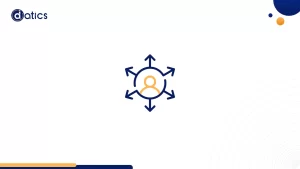
Unlock Efficiency: A Guide to IT Outsourcing Models
Discover everything you need to know about IT outsourcing models: the benefits, strategies, and key considerations for your startup.
See how we’ve helped Ideeza in their Success Journey!
Ideeza, a groundbreaking Generative AI startup, embarked on a mission to revolutionize hardware innovation using Artificial Intelligence (AI). Their vision aimed to democratize creativity by empowering inventors and dreamers with AI-driven tools to translate blueprints into reality. To achieve this ambitious goal, Ideeza required a highly skilled team proficient in AI engineering and Natural Language Processing (NLP). Datics AI, serving as Ideeza’s strategic partner, provided comprehensive support through team augmentation, facilitating the development of an AI-powered solution for hardware product engineering.

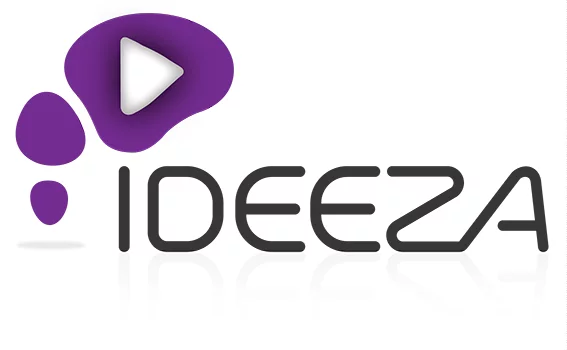
Hardware engineering
2018 – 2019
Python, Django, Kotlin
NLP Technologies and AI Algorithms like Reinforcement Learning Algorithms and Genetic Algorithms
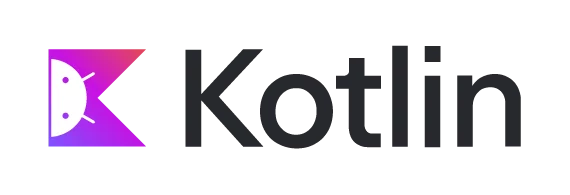
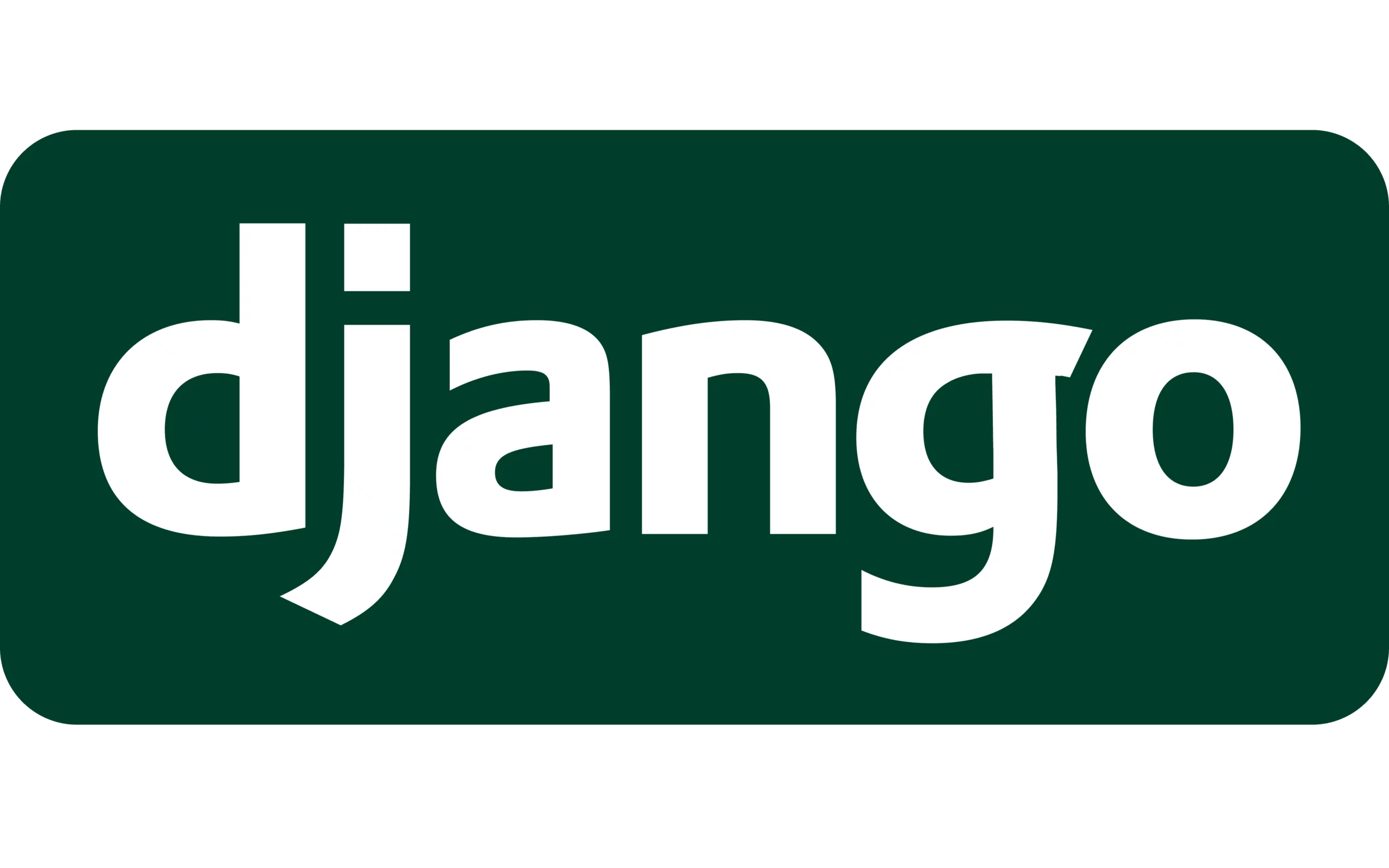
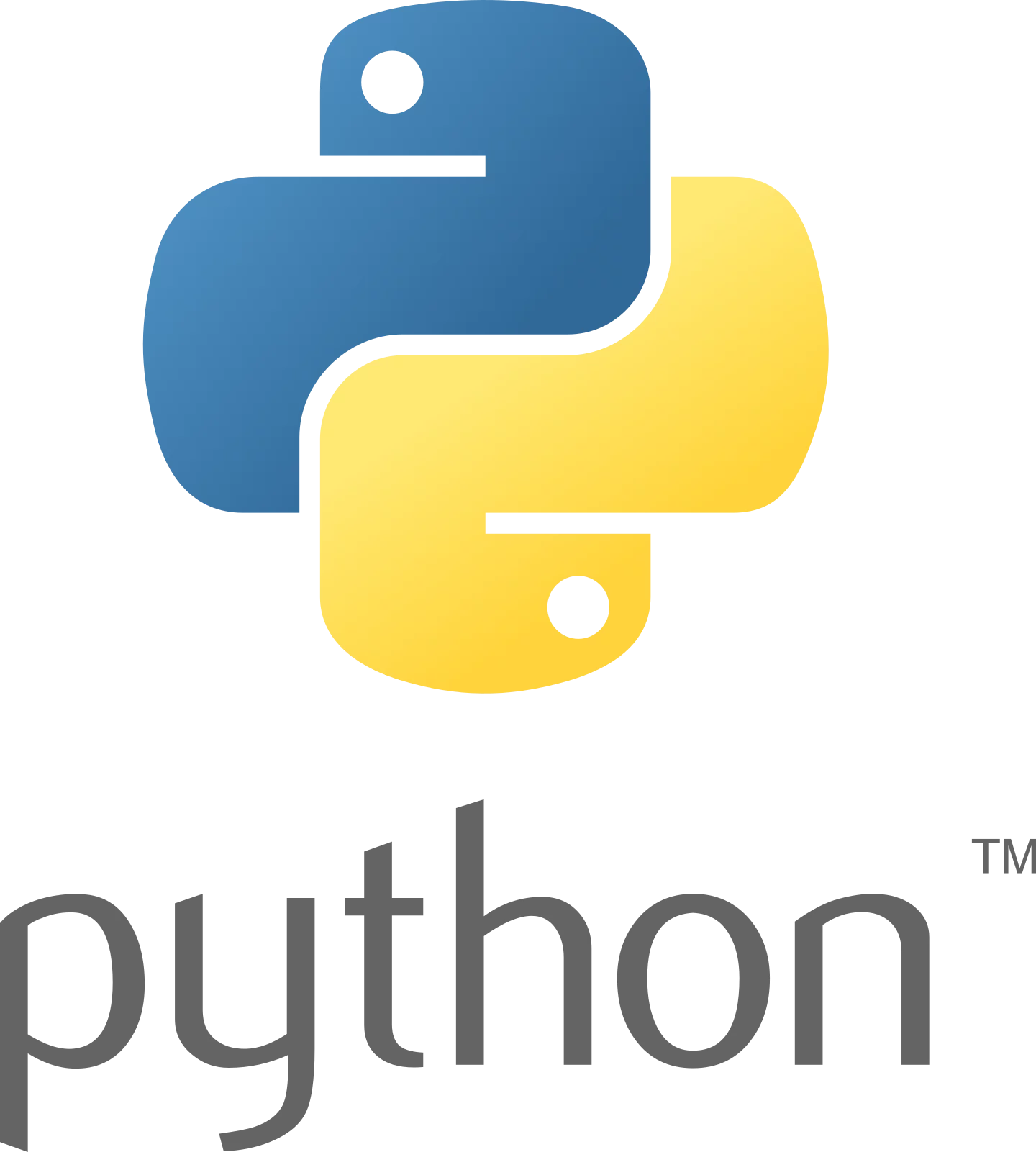
Staff/Team Augmentation
Web Development
Traditional constraints posed significant challenges to this audacious goal. IDEEZA recognized that in order to secure initial funding, they needed to craft a Minimum Viable Product (MVP).
The MVP must be able to translate their vision of building hardware products through AI engineering. The initial products included:
This demanded an expert team, ranging from AI and NLP to backend development and mobile app creation. However, internal team limitations led to external support to translate their vision into tangible results.
The heart of this module was its dialogue generation component, which responded dynamically to user queries, enhancing user interaction.
Datics AI stepped in as IDEEZA’s strategic partner, deploying a skilled team to address every facet of their aspiring project. Our collaboration brought together specialists in AI engineering, NLP, project management, mobile app development, and electrical engineering, forming a cohesive unit dedicated to the backend development of IDEEZA’s platform.
Our engagement followed an eight-module strategy, meticulously designed to conquer IDEEZA’s challenges and bring their vision to reality.
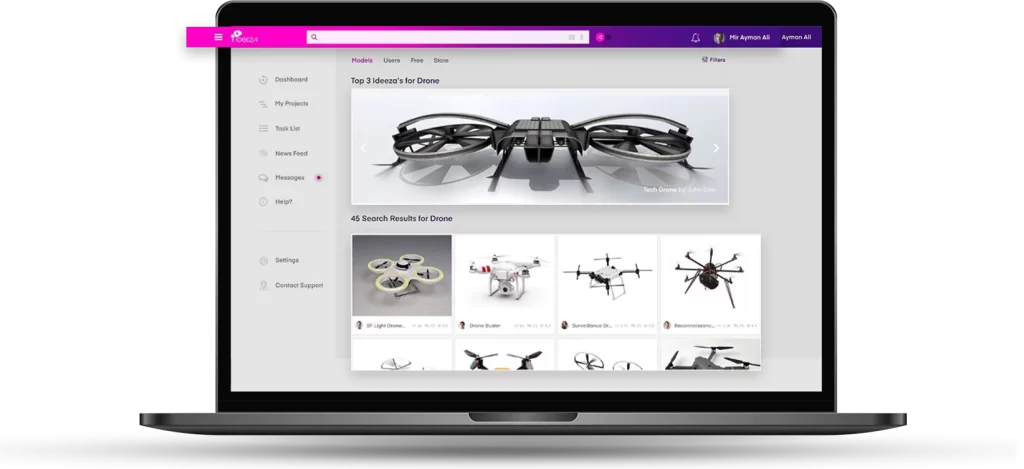
The NLP module formed the bedrock of the project. It took speech/text queries, normalized them, and employed entity extraction to identify electronic components. Additionally, it parsed parameters like voltage and current needs from queries, structuring them into code blocks. The heart of this module was its dialogue generation component, which responded dynamically to user queries, enhancing user interaction.
This module evolved through two phases.
In Phase 1, we tackled data augmentation and trained the system with domain-specific data. Chatito, a new tool, was leveraged to generate examples for diverse electronic components. Data preprocessing and processing techniques, including the application of “RASA,” honed the system’s ability to extract electronic component entities.
In Phase 2, we integrated RASA-Core for dialogue generation. This component utilized NLP results to formulate meaningful responses, enriching user interactions.
The Combination Module seamlessly amalgamated electronic components into stable circuits, optimized voltage, current, and input requirements. Prioritizing needs, we created cost-effective, stable combinations that met critical specifications.
The Placement Module, fueled by AI, employed Learning Classifier System with Reinforcement Learning. It ensured optimal component placement on PCBs, adhering to design constraints for efficient electronic connections.
The Routing Module revolutionized circuit connectivity for IDEEZA. Powered by AI-driven A* algorithms, it swiftly designed optimized paths, and ensured efficient connections between components. This automation minimized interference, enhanced overall performance, and expedited prototype creation.
Addressing spatial constraints, the Bin Packing Module employed advanced algorithms to strategically position multiple PCBs and batteries. This optimization process allowed IDEEZA to design integrated hardware solutions that made the most of available space without compromising functionality.
Navigating the complexities of three-dimensional space, the 3D Routing Module excelled. By leveraging customized A* algorithms, it formulated efficient pathways for component connections. This translated IDEEZA’s hardware designs into functional reality, ensuring components were seamlessly interconnected within the three-dimensional realm.
The Generative Design Module reimagined circuit aesthetics. Manual covers limited to specific instances prompted the need for adaptable designs. This module crafted real-time covers based on user preferences, offered a fresh dimension of creativity. The ongoing research aimed to refine this approach, ultimately delivering covers with precise dimensions and data tailored to individual hardware configurations.
Transitioning from design to reality, the Gerber/Firmware Module was key. It streamlined the optimal placement, routing, and drilling data into Gerber files. These files contained machine commands from Python arrays, serving as manufacturing blueprints. Organized by timestamps in dedicated directories, they ensured efficient production.
The Android App Module transformed user interactions. It automated user-specific APKs, connected hardware and smartphones seamlessly. Whether drones or video doorbells, this module simplified complex functions via interconnected blocks and ensured intuitive control.
Our sophisticated NLP module, powered by AI algorithms, enabled seamless interaction between users and hardware components. This breakthrough facilitated accurate speech-to-text conversion, precise entity extraction, and intuitive dialogue generation. As a result, IDEEZA’s hardware design process became smoother and more user-friendly.
The Gerber/Firmware Module streamlined manufacturing by compiling complex placement, routing, and drilling data into easily interpretable Gerber files. These files provided manufacturers with precise instructions, minimizing errors and expediting production. Additionally, the Android App Module automated user-specific APK creation, simplifying control and enhancing the user experience.
The Generative Design Module transformed hardware cover design. This module allowed real-time customization of covers based on user preferences, enhancing both aesthetics and functionality. The ongoing research in this area promises to deliver covers with precise dimensions and data, tailored to individual hardware configurations.
Leveraging Kotlin programming, we ensured the cohesive integration of modules, creating adaptable and user-centric hardware solutions. This strategic choice underpinned the seamless functionality of IDEEZA’s innovative modules, bridging the gap between hardware potential and real-world impact.
Datics AI stands out for their punctuality and seamless communication. Their exceptional customer service and work quality made the process efficient and smooth.

Datics has been an invaluable partner in custom software development, delivering high-quality solutions swiftly. Their services come highly recommended.

Partnering with Datics AI transformed our projects. Their innovative solutions consistently exceeded our expectations, always delivering a step ahead

With our Team Augmentation service, we collaborated with IDEEZA and built a custom solution according to their roadmap to develop an MVP. We quickly put together a team of senior engineers, including the Project manager, AI and NLP engineers, technical lead, mobile application developers, and other expert engineers. We also scaled the team as per the client’s requirements, accelerating the MVP development process. Our teams are 100% bilingual, go through a strict selection process, and always work in the overlapping time zones.

Discover everything you need to know about IT outsourcing models: the benefits, strategies, and key considerations for your startup.
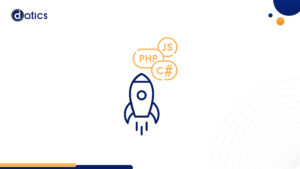
The Best Programming Languages to Launch Your Startup Successfully. (1) Python (2) Java (3) JavaScript (4) C# (5) PHP (6) C++ .

Discover why you should hire remote developers for your startup in 2024. Find top talent and streamline your hiring process with our guide.
Share the details of your project – like scope, timeframe, or business challenges. Our team will carefully review them and get back to you with the next steps!

© 2024 | All Right Revered.
This guide is your roadmap to success! We’ll walk you, step-by-step, through the process of transforming your vision into a project with a clear purpose, target audience, and winning features.